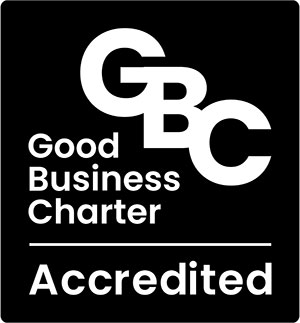Are pseudo-teams sucking up time and energy in your organisation? by h2h Lead Consultant, Jerry Scott
Most large organisations are awash with teams, and it’s not uncommon to find yourself part of, or even leading multiple different teams. This demands a significant investment of time and energy, yet the resulting impact of the team doesn’t always seem to correlate to the effort put in. It is estimated that there are 55 million meetings held every week across corporate organisations and yet 35% of attendees have nothing to show as a result. Many of these are described as team meetings, so perhaps it’s time to pause and check that you are part of and, even more importantly, leading vital and impactful teams.
Pseudo-teams often come about because individuals report to the same person or sit in the same part of the organisation. Others may be a legacy of a historical purpose that is no longer relevant, or a well-meaning intent that lacks clarity. Pseudo-teams detract from the team members’ individual performance while delivering little joint benefit. If you suspect this may be the case for you, why not take 10 minutes at your next team meeting to ask all team members to rate the following on a scale of 1 to 10:
‘Our team meetings are compelling, energising and consequential.’
If the ratings range from low to middle of the road, it’s time to take action. The best place to start is to clarify why the team needs to exist at all.
CLARITY OF PURPOSE
Effective teams have an absolute clarity of purpose. They know why they exist, and this is challenging, valuable and unique. Their common purpose is compelling, creating a positive tension that means team members ‘have to be part of it’ – both energising and sustaining through the ups and downs. The purpose will clearly contribute to the longer-term objectives of the organisation. If you don’t already have a written purpose statement for your team, you might start with:
‘Our team exists in order to ……., so that …’
This simple but powerful statement can then be used to define further the remit of the team, it’s objectives and roadmap, which once developed, create a sharp focus on what you must deliver in the short and medium term. By understanding what you really need to achieve collectively, you are then able to evaluate the required team structure.
TEAM STRUCTURE
Effective teams are made up of those who are essential to the delivery of the teams’ purpose. Only as large as required (ideally 4 to 8 including the leader), they are each committed to the common purpose, with clear accountabilities and complimentary skills. So having established your team purpose, you can move on to discuss:
‘Who needs to be part of this team?’
Inclusion in such a purposeful team raises levels of engagement and motivation, where colleagues know that their strengths are essential to the team’s success and that their contribution is valued. The common purpose obliges the team to work together even when the going gets tough, and this underpins a commitment to mutual support that will sometimes include personal sacrifices for the greater good. There is of course a value in bringing everyone together to share information, consult and provide mutual support, but decoupling this from more specific strategic or operational teams, means that people feel included for a reason and that their time is valued. This approach establishes clarity of purpose and intentional team membership in order to create a group that can develop and learn how to work together effectively.
WAYS OF WORKING
Every team is different, shaped by the mindsets and behaviours of the leader and every team member. It is important to match expectations, understand preferences and constraints, and establish how the team will best work together. This includes the structural rhythms of how to communicate, make decisions, solve problems, and influence stakeholders. In addition, effective teams hold each other to account, manage uncertainty, take risks, challenge each other – all of this requires a level of healthy conflict which will not happen without a climate of trust. Effective teams take time to really get to know each other, understand their strengths and challenges, appreciate what makes each other tick, and give and receive, regular and constructive feedback.
If you want to grow trust and enhance ways of working together, a great place to start is by talking about how you are doing things rather than what you are doing. Why don’t you try committing some time at the end of each team meeting for every team member to share:
‘What’s working well…? Even better if…?’
Our hope is that applying some of ideas across your organisation will help you to enjoy the benefit of working in a truly effective team and avoid the trap of pseudo teams.
If you would like to find out more about how h2h can help you develop your team or teams in your organisation, contact us at enquiries@h2h.uk.com

